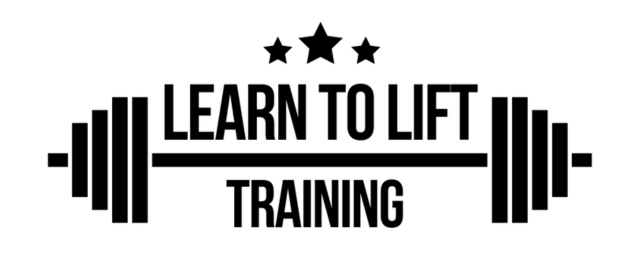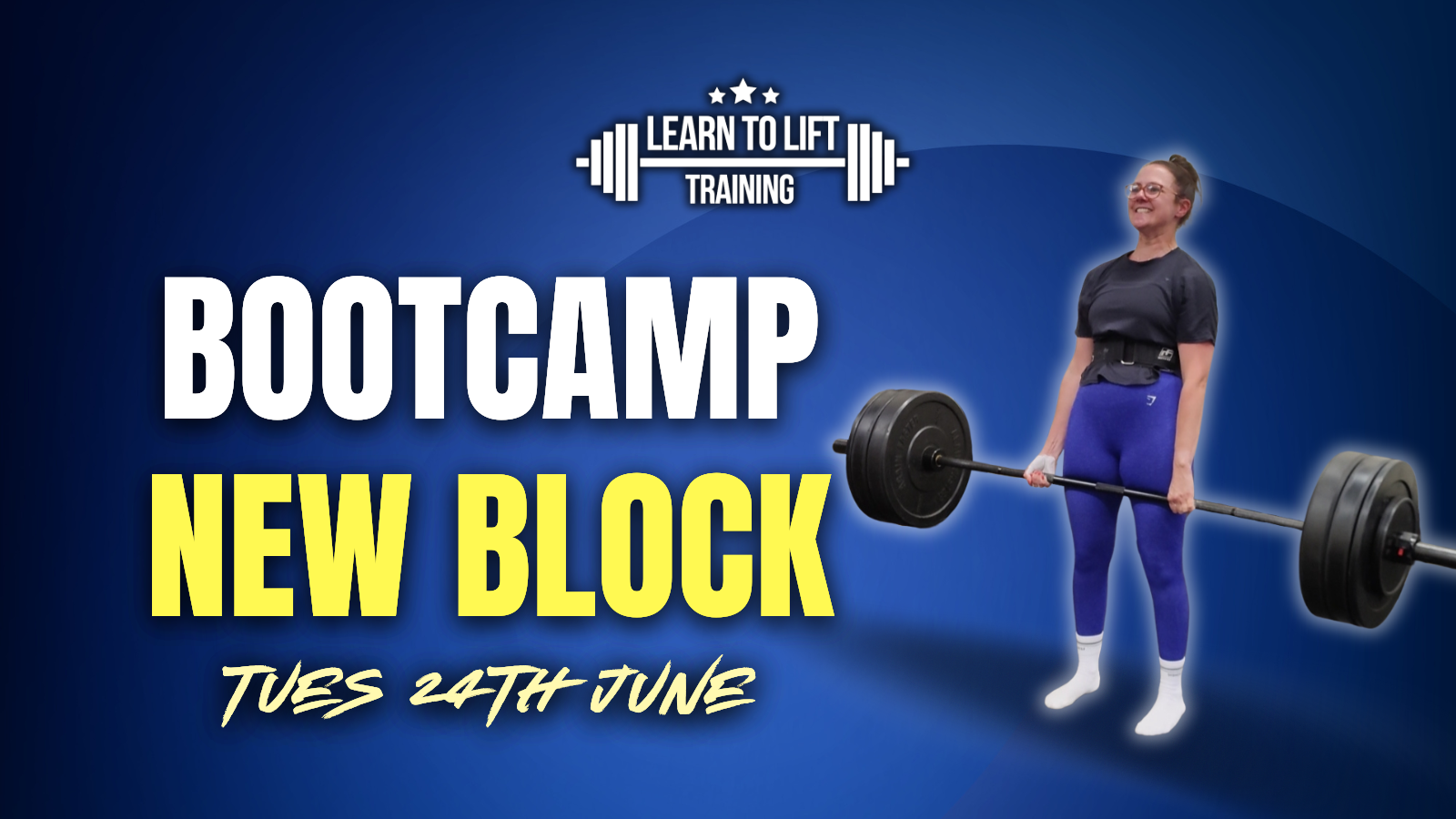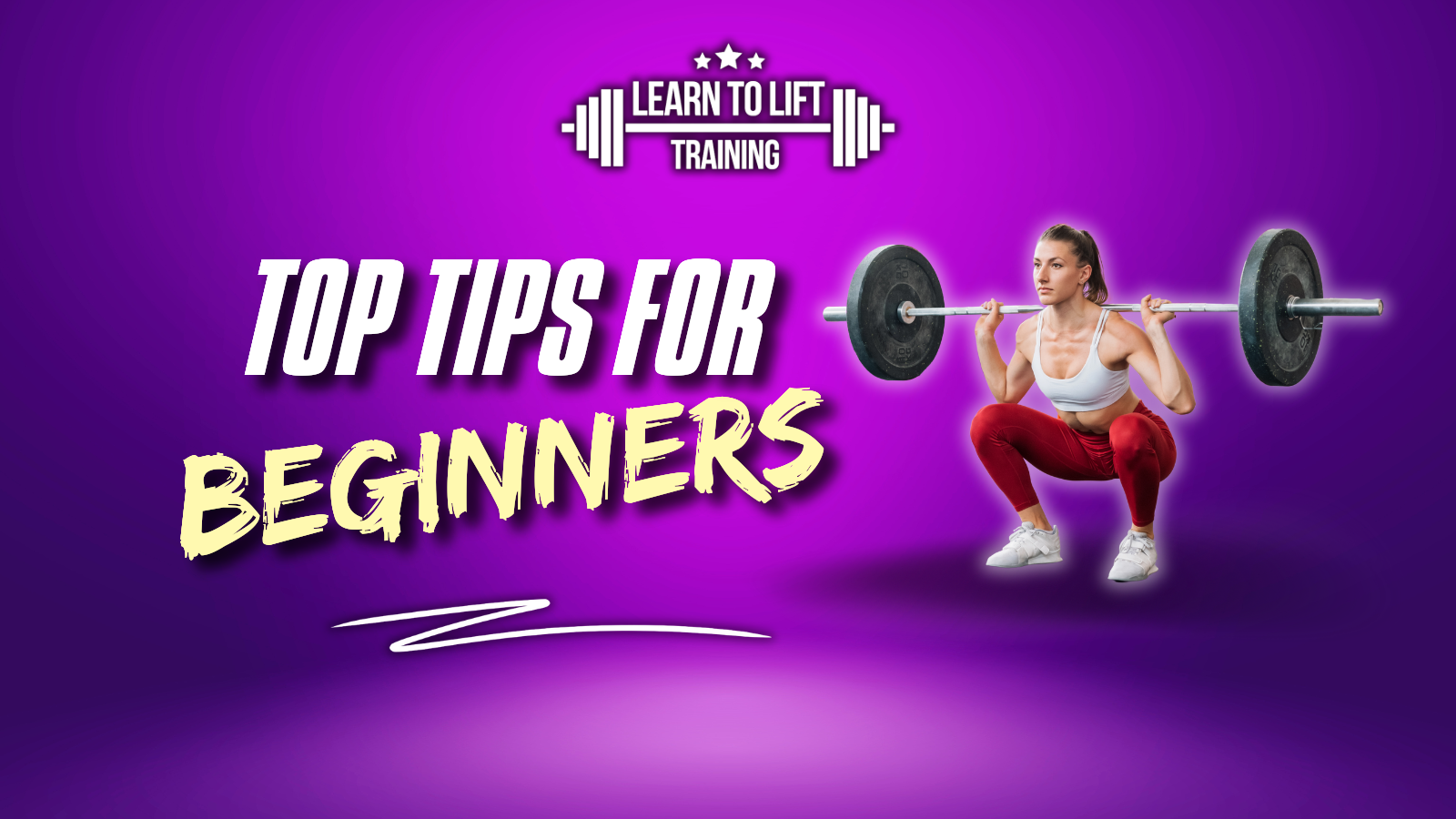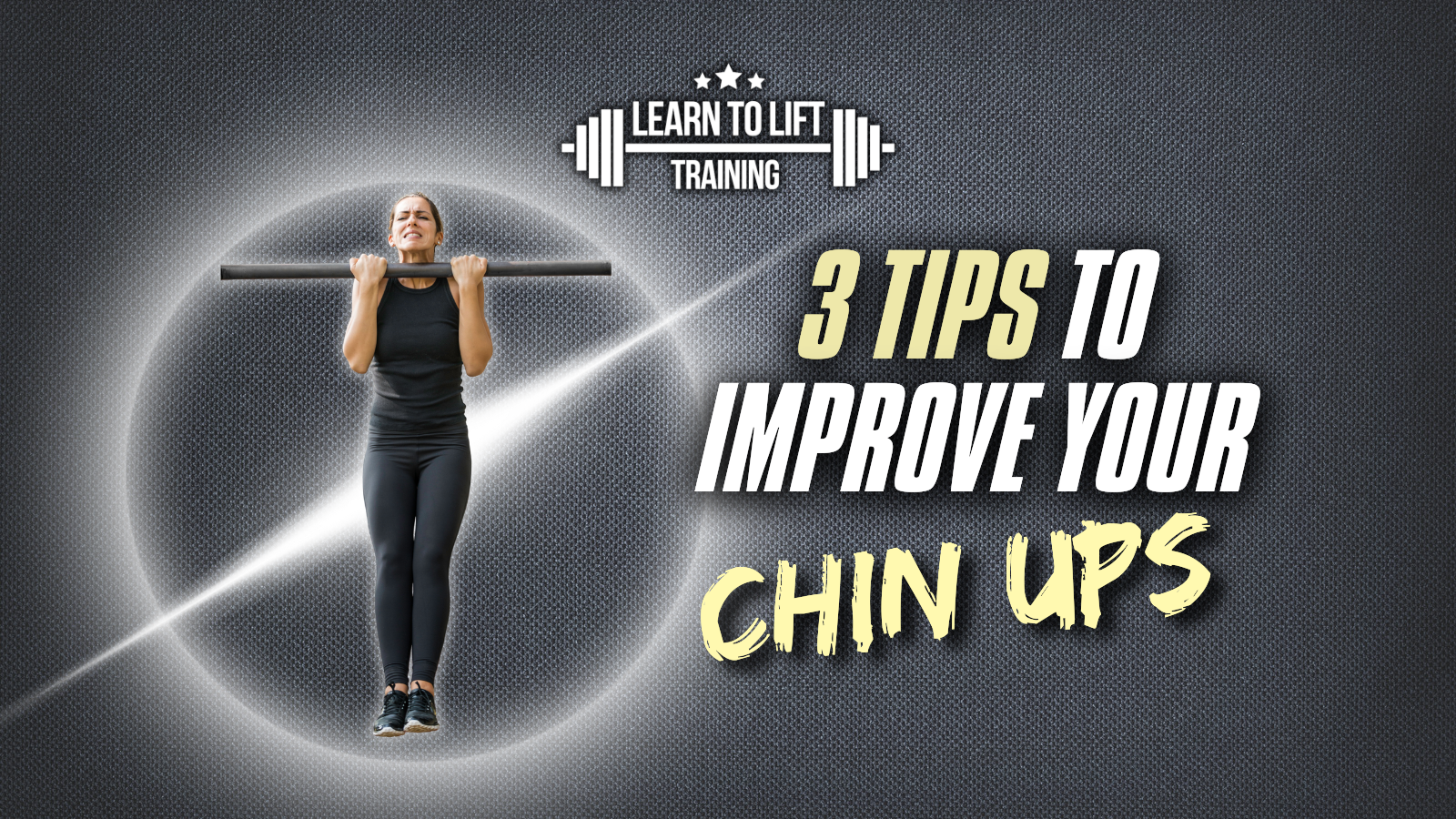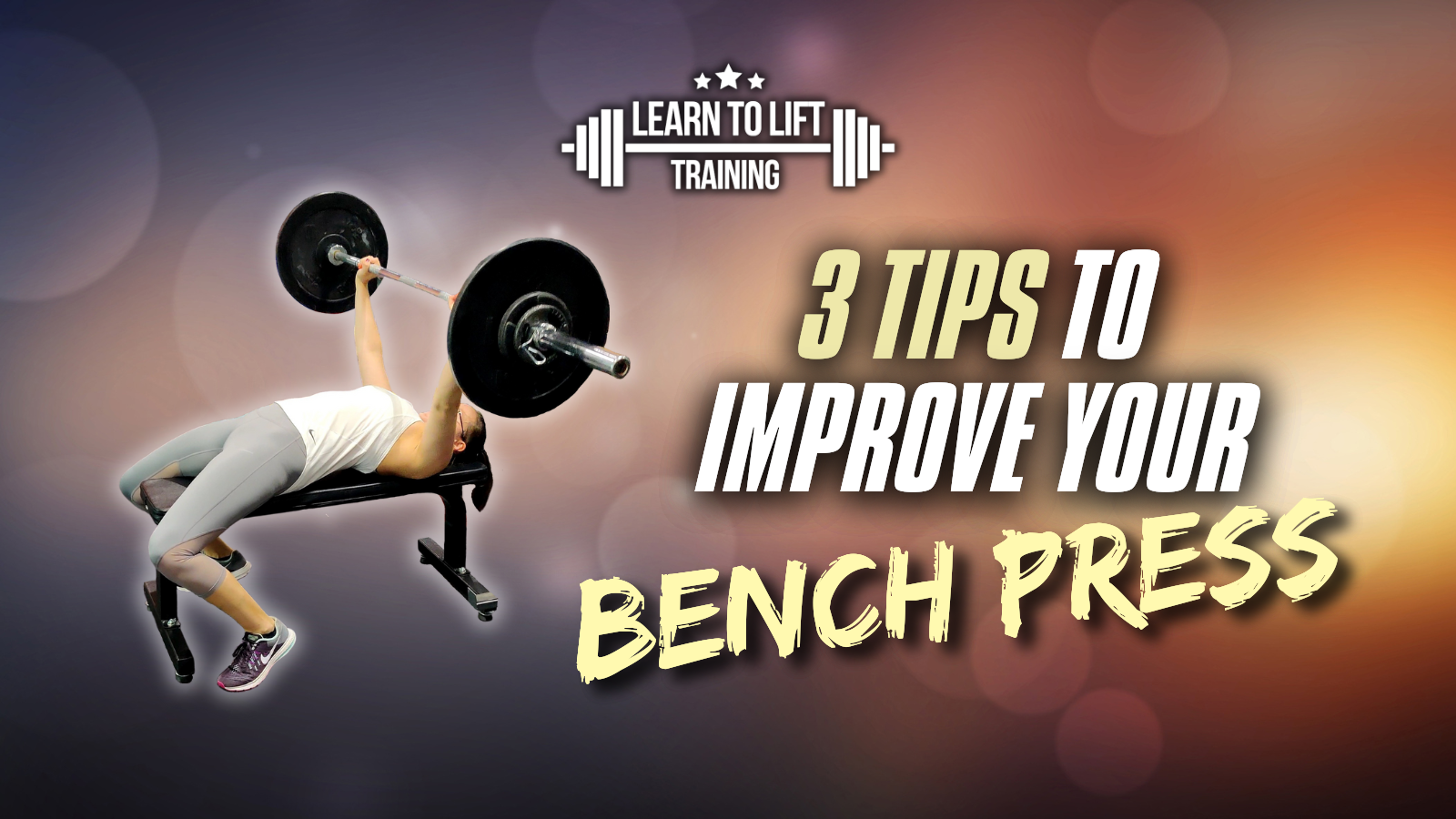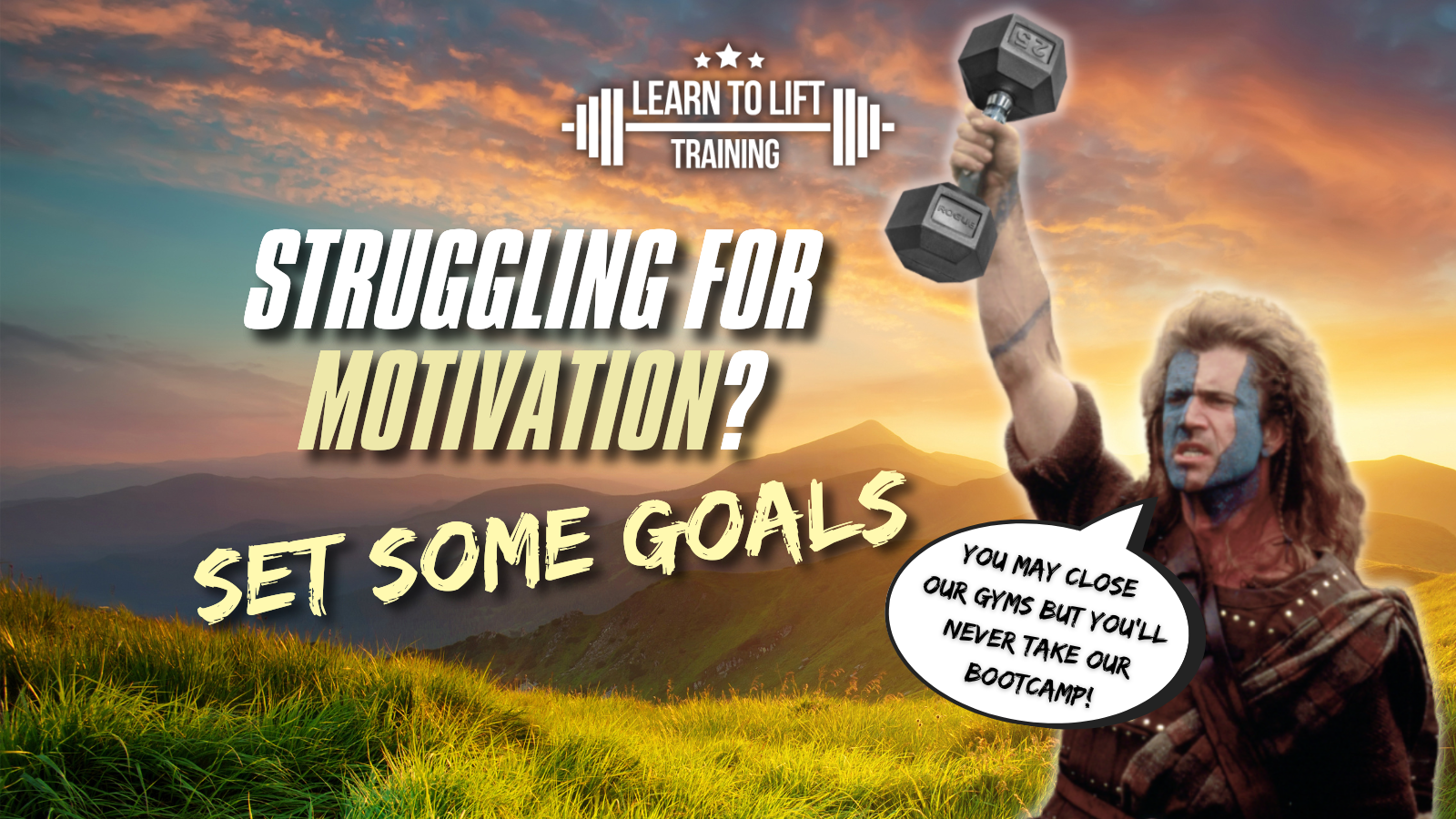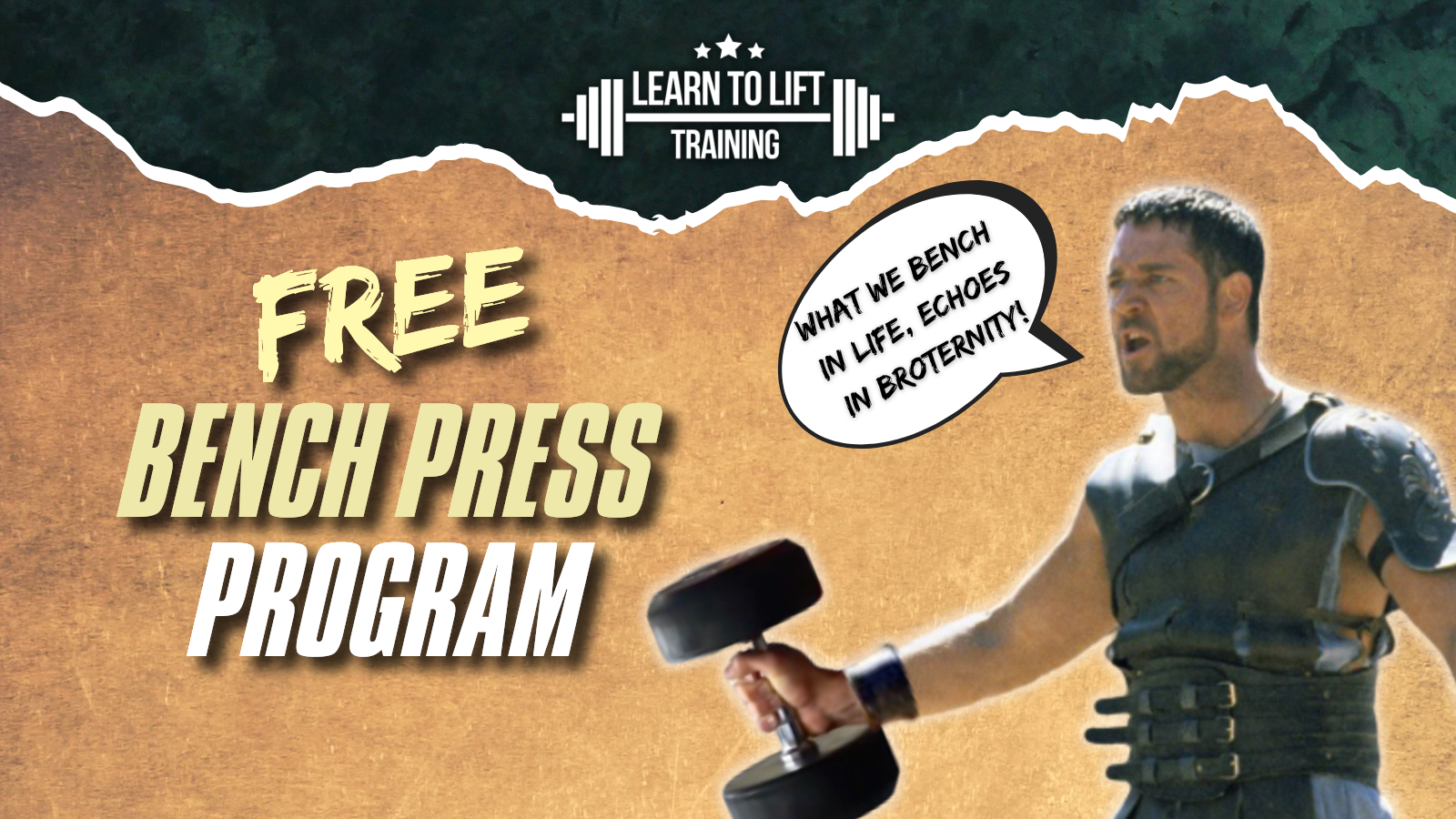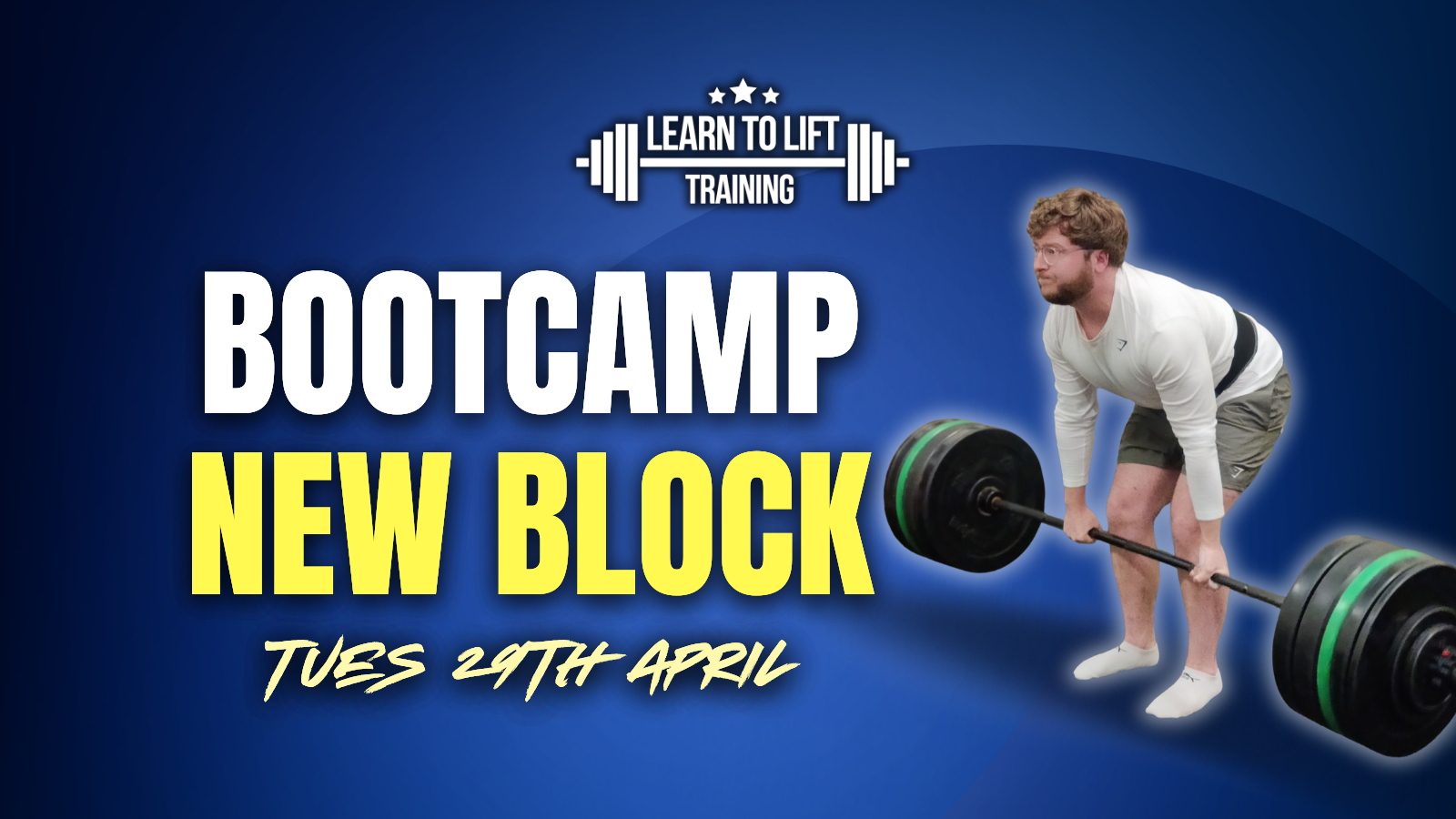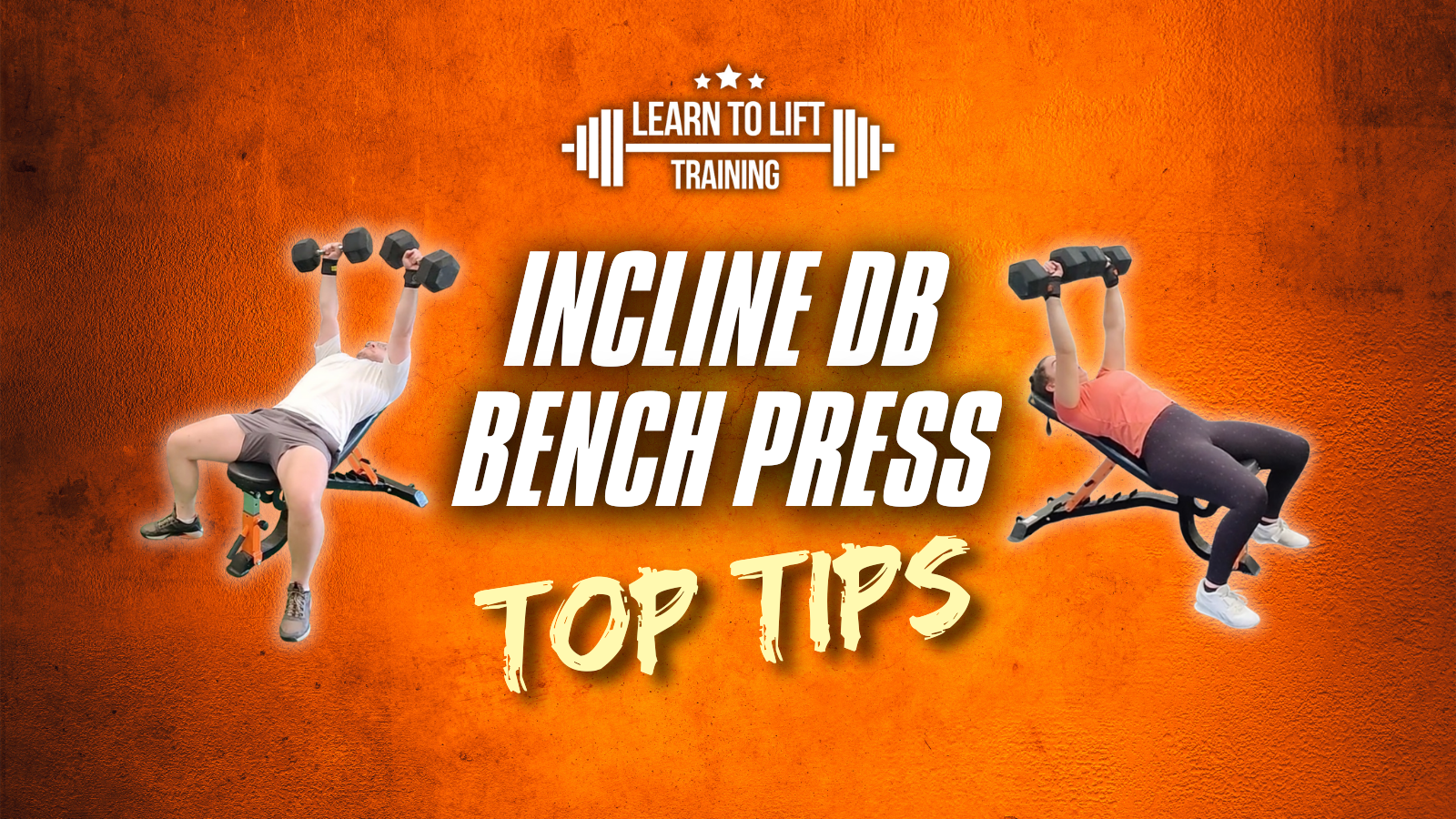Overcoming Poor Leverages To Build A Good Deadlift
Glasgow Personal Training Tips - Overcoming Poor Leverages To Build A Good Deadlift
First and foremost let's consider what good leverages for a deadlift actually are. Generally speaking an excellent build for a deadlift is having a short torso and long arms. This allows you to have a more upright torso position at the start of the lift, creates a more open angle at the hips and will most likely result in a lower lockout position. In fact some of the best deadlifters in the world lockout the lift with bar just over their knees.
Unfortunately I do not have these proportions. My torso and arms are not far off the same length and my lockout position is what might be considered very high up with the bar up at groin level.
You may have heard of something called the Ape Index, it essentially compares your wing span, finger tip to finger tip with outstretched arms, to your height. A positive Ape Index indicates your wing span is greater than your height and this is generally a good sign for deadlifting, especially is there is a big positive difference. I have a negative Ape Index meaning my wing span is a little short than my height. Yep you guessed it, not a good sign for deadlifting.
All this translated means I have a more challenging start position for a deadlift with a more horizontal torso and a more challenging lockout position with a relatively greater range of motion.
However, I have been able to overcome this to a large extent and still hit some good lifts, 240 kg x 5 beltless (not far off 3 times bodyweight) being a recent highlight.
The tips that follow are based on my own experiences and what worked for me. Hopefully if you find yourself with similar leverages they can help you too!
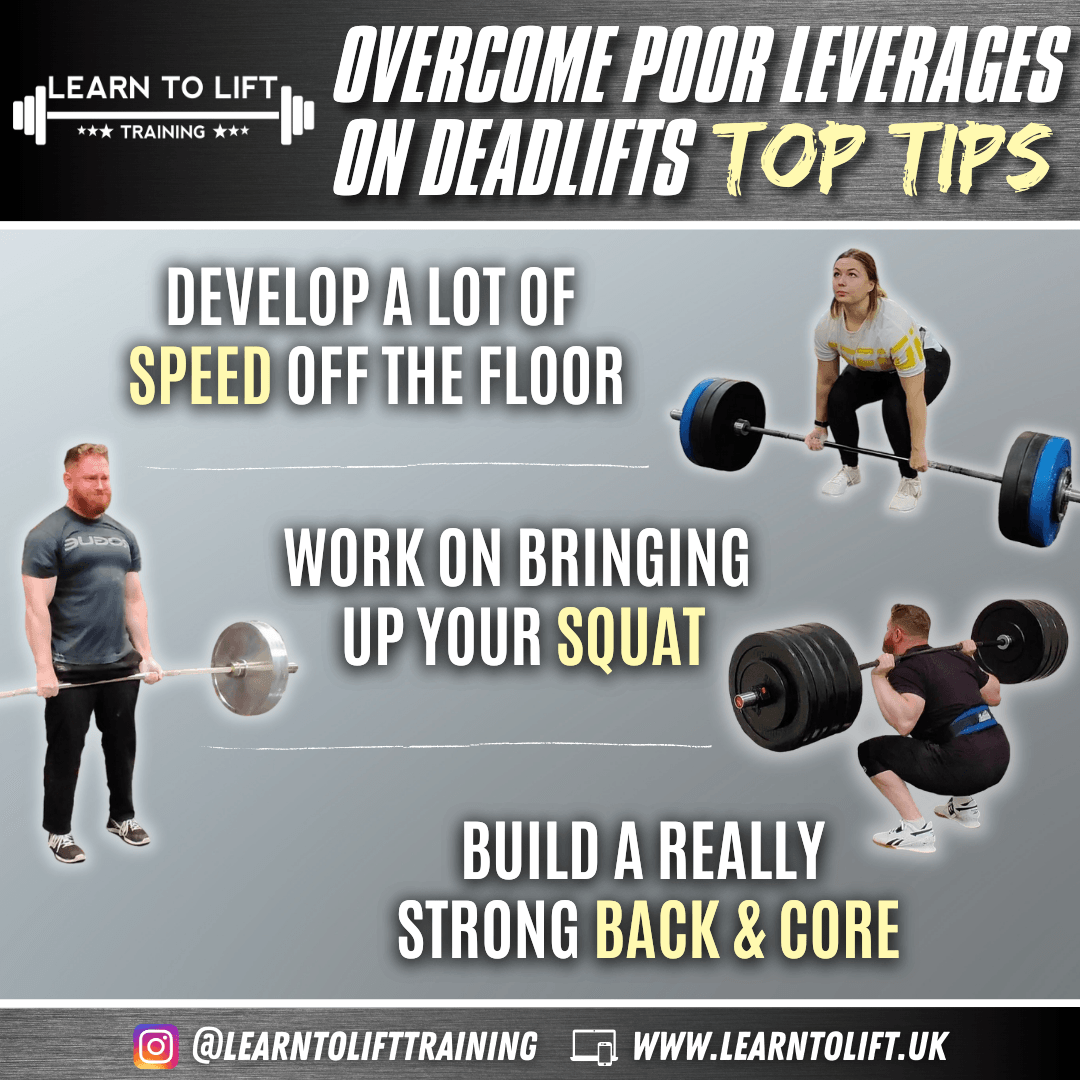
1. Develop A Lot Of Speed Off The Floor
I believe this has been the most important factor of all for me. I would often find the lockout the most challenging part of the lift and by building up my bar speed it helped generate momentum that would carry through to the top of the lift and make it much easier for me to lockout big weights.
It's obviously important to build this speed from good positions technique wise including a solid back angle, arms staying straight like hooks connecting you to the bar and the chest and hips rising at the same rate.
Sometimes you will see people make the trade off of acquiring more speed off the floor at the cost of ending up in a more stiff leg, rounded back position and snatching at the bar with a bend in their arms. Ultimately this can make it very difficult for them to lockout top end weights and possibly even put them in a more compromised position in terms of the potential for injury.
To improve my ability to develop force rapidly at the start of the lift and get the bar moving off the floor explosively, I utilised a lot of lighter speed deadlifts in my training.
These are typically in the range of 50-70% of your max and performed for singles, doubles or triples. The key when doing them is focusing on moving the weight as rapidly as possible, treat every lift as if it were a 1 rep max attempt. They can be done after your main heavy set for the day or as part of a separate workout.
2. Work On Bringing Up Your Squat
I have always found that when my squat increases my deadlift goes up too. They are very complimentary lifts, although as an aside it is worth noting the inverse of this is not normally true, increasing your deadlift doesn't usually result in an increase in your squat in my experience.
By building your squat strength you are obviously helping to increase the strength in key muscle groups that are big contributors to the deadlift. I have also found that the increased leg strength helps build the aforementioned speed off the floor that I believe has been so valuable in helping overcome my own poor leverages for the lift.
Your quads key contribution to a deadlift is at the bottom of the lift as you attempt to break the bar off the floor and as you will sometimes hear it described "push the floor away".
A good balanced training program will have you squatting as part of it and spending time focusing on bring this up had a big benefit to my deadlift too!
3. Build A Really Strong Back and Core
Deadlifts can sometimes look effortless when you see certain people with favourable leverages perform them. It's always important to have a strong back and core for the movement but in my opinion it becomes even more important when you don't have the best leverages for the lift and find yourself in a more horizontal position at the start of it.
When I say back and core I am in particular talking about the spinal erectors, the lats, various muscles of the upper back and the abdominals. Improving in these areas benefited me a great deal.
Aside from putting a lot of work in on the deadlift itself, something that helped me a lot was spending time on assistance exercises developing these areas. Particular favourites included:
- Good Mornings
- Pendlay Rows
- Chest Supported Dumbbell Rows
- Ab Wheel Roll Outs.
As an added bonus building a great deal of strength in these exercises has a big carry over to many different lifts and can only be a big plus overall.
More Top Tips For Deadlift
Here's some more useful articles we have published that will help you master your deadlift technique and improve the lift:
How To Build A Bigger Deadlift
3 Things You Can Do To Improve Your Deadlift
The Anatomy Of A Good Deadlift
Get Some Expert Coaching
We teach these tips and more as part of our
Glasgow Bootcamp and
Personal Training in Glasgow. If you would like expert coaching in putting them into action
drop us a message!
